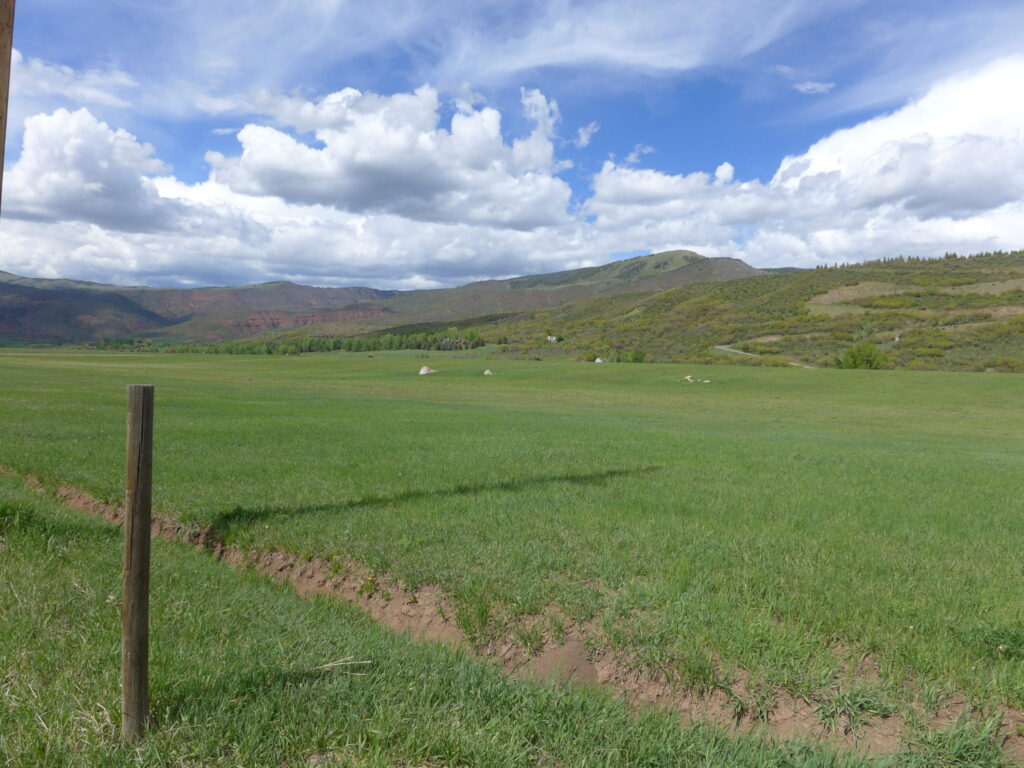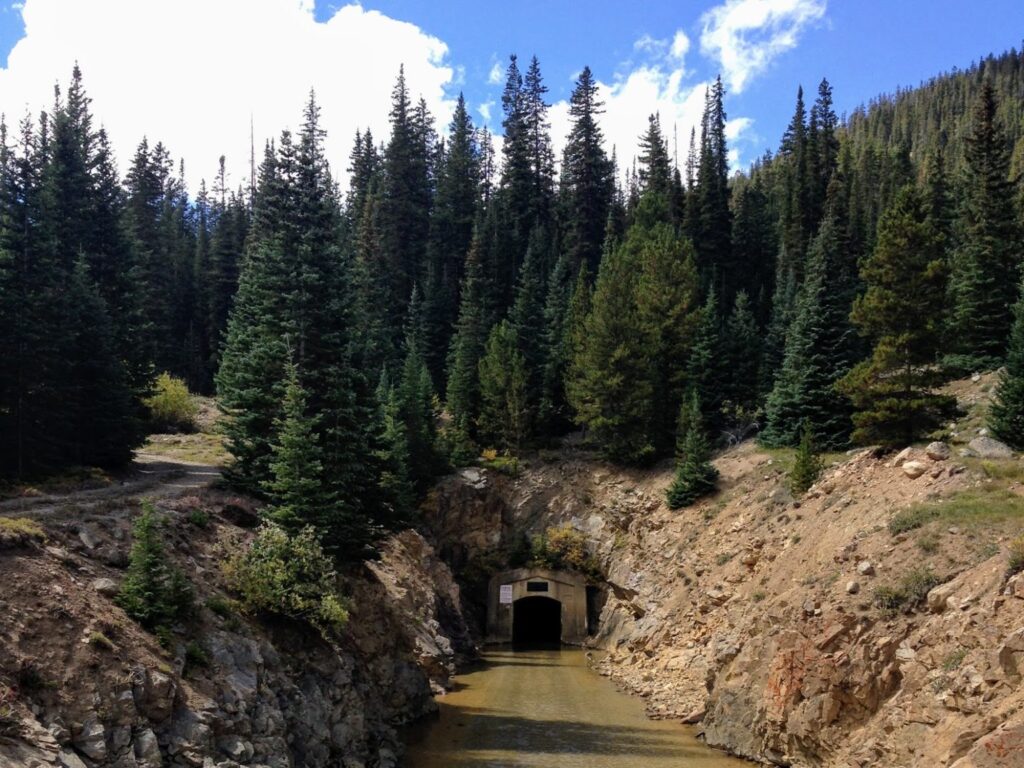
ASPEN — The city of Aspen is moving ahead on a project aimed at increasing the reliability of its water supply and environmental flows through what’s known as an “alternative transfer method,” or ATM.
But water managers will have to think outside the box since the usual process of an ATM is transferring water from agricultural to municipal use, and there isn’t much irrigated agriculture in the upper Roaring Fork River basin.
In Colorado, most water rights are held by irrigators. So when towns and cities want to increase their water supplies, they often turn to agriculture to secure extra acre-feet. Permanent water-transfer agreements, often derided as “buy and dry,” can harm agricultural communities and economies, and ATMs are seen as a way to reallocate water more fairly and sustainably from agriculture to municipalities.
These voluntary water-sharing agreements would allow local irrigators to temporarily loan their water to Aspen and get paid for doing so. The most straightforward way for this to happen would be for water-rights holders above the city’s diversions on Castle and Maroon creeks to loan their water to the city.
But according to Colorado’s Decision Support System, which is the state database that tracks irrigated land, there is no irrigated land above Aspen.
“Certainly, the easiest way to meet the most goals is to find water above the city,” said Jason Brothers, principal at Summit Water Engineers, the engineer on the project. “If that’s not available, we will have to look at creative ideas.”
Most of the irrigated acreage in the upper Roaring Fork River valley is grass pasture in the Woody Creek area.
Aspen’s ATM project is funded with a $183,356 grant from the Colorado Water Conservation Board, plus $15,000 each from the city and Western Resource Advocates. It would be the first program designed for a Western Slope headwaters municipality.
In addition to increasing city water supplies, a secondary goal of the project is to improve river flows for the benefit of the environment, especially in the reach of the Roaring Fork through downtown Aspen. In dry years, flows can fall short of the 32 cubic feet per second of water required by the CWCB’s junior instream flow right, which is meant to protect the river environment “to a reasonable degree.”
The 2015 Colorado Water Plan sets a goal of 50,000 acre-feet of water transfers through ATMs by 2030.
“I think that backdrop (of buy and dry) really kind of set the stage for more of a state focus on how do we meet our continuing water-supply needs and can we do that in a way that minimizes harm to ag,” said Alex Funk, agricultural water resources specialist for the CWCB.
According to the grant application, city officials say there are 2,800 irrigated acres in the upper Roaring Fork valley and tributary basins, which the team could explore for compatibility with an ATM program, and that if a third or a quarter of these irrigated lands were in such a program, it could yield 1,000 acre-feet of water.
City officials won’t clarify exactly where those irrigated acres are. The project is still in its infancy and officials don’t have many answers yet, said Steve Hunter, utilities resource manager for Aspen’s water department.
“We just kicked this off,” Hunter said. “I don’t see answers coming for months, if not the latter end of a year into the project.”

Transmountain diverters
One of those creative opportunities Brothers mentioned could involve participation by Front Range water providers that divert water from the headwaters of the Roaring Fork River. The cities of Colorado Springs, Aurora and Pueblo divert water from the upper Roaring Fork through the Independence Pass Transmountain Diversion System via the Twin Lakes Tunnel.
“We are not just looking at in-basin ATMs, but exploring the concept of ATMs on the east slope and if entities would be willing to forego their diversions from the West Slope,” said Todd Doherty, president of Western Water Partnerships. “We are seeing if there’s a willingness between the stakeholders to even consider that.”
Transmountain ATM opportunities are still conceptual at this point, and a water transfer from a transmountain diverter to Aspen would be a break from the way ATMs are typically conducted. However, Funk said the CWCB would be supportive of a municipal-to-municipal transfer of water under the ATM program.
Doherty’s organization is based in Denver and is a Colorado Public Benefit Corporation. The city has contracted with WWP for $213,356 to complete Phase 1 of the ATM investigation, which will entail examining all the water rights that could potentially be available to participate in an ATM program and approaching the holders of those water rights to see whether they are interested. No water-sharing agreement will happen unless the irrigators think it’s a better deal than what they are growing, Doherty said.
“I think it will be a success if we can get a few, hopefully a few larger ones, that will help demonstrate to the other irrigators in the basin that maybe this deal is worth looking at,” Doherty said.
Aspen Journalism is a local, nonprofit and investigative news organization that collaborates with The Aspen Times and other Swift Communications newspapers on coverage of water and rivers. This story ran in the May 29 edition of The Aspen Times and the May 29 edition of Aspen Journalism.





